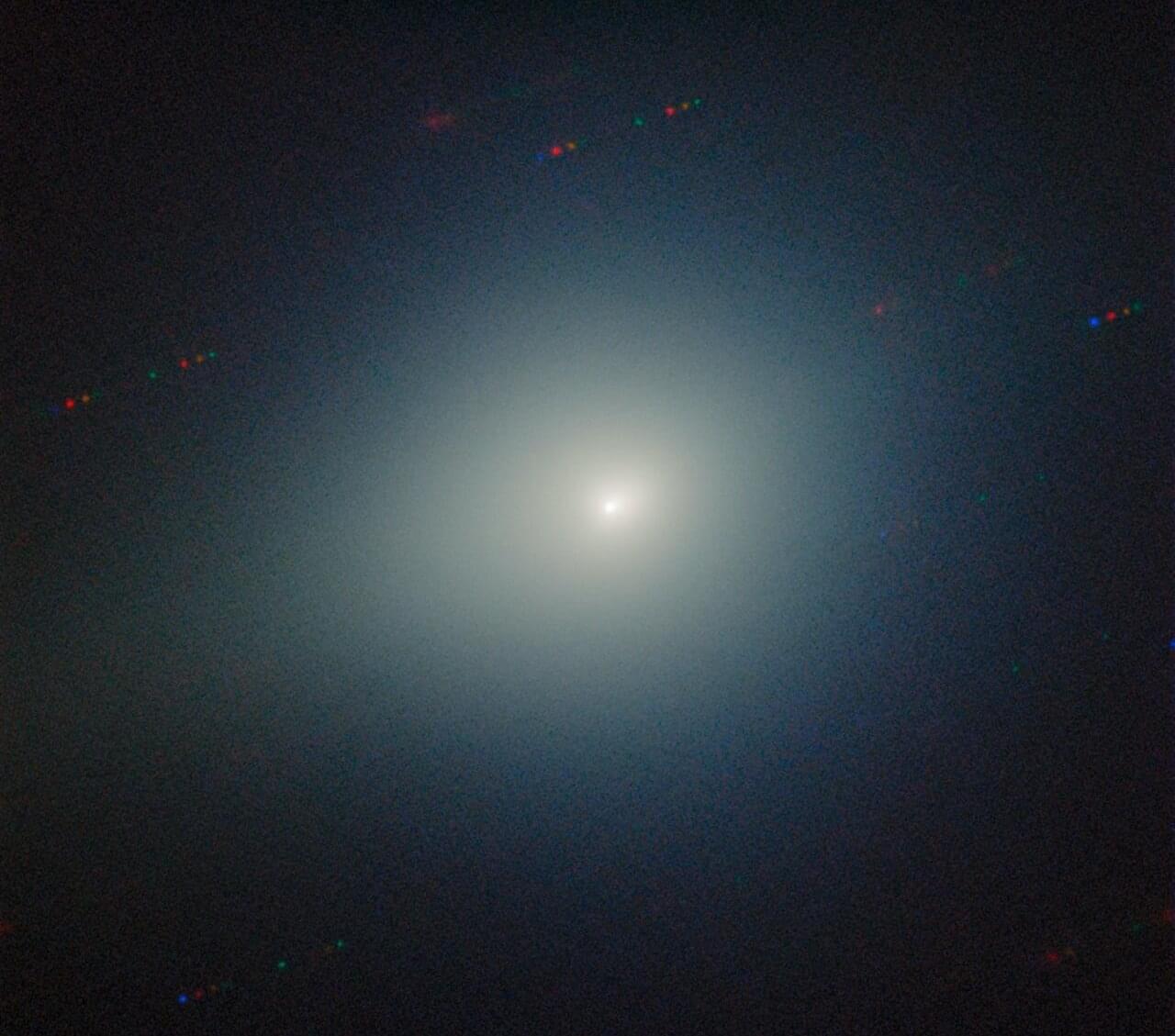Get Our Newsletter (It’s Free): https://www.optispan.life/
Dive into the future of longevity research with Dr. Ben Blue, CEO of Ora Biomedical. We explore how Ora’s high-throughput “Wormbot” platform is conducting the world’s largest unbiased search for longevity interventions, moving beyond the narrow focus on established pathways like mTOR.
In this episode, we discuss:
• The ambitious Million Molecule Challenge and why it could revolutionize the field.
• Surprising discoveries already made, including molecules that outperform rapamycin.
• Ora’s strategic pivot to radiation resistance, with applications for astronauts, pilots, and human health.
• How their data-driven approach is uncovering interventions for resilience against toxins and other stresses.
• The journey from worm models to potential clinical trials and what’s next for the company.
Learn how Ora is scaling drug discovery to tackle aging and age-related diseases.
https://twitter.com/OraBiomedical.
https://www.linkedin.com/company/ora-biomedical-inc/
This video was produced by One Billion Media, an agency that specializes in YouTube virality for health brands and experts. Learn more about their work here:







